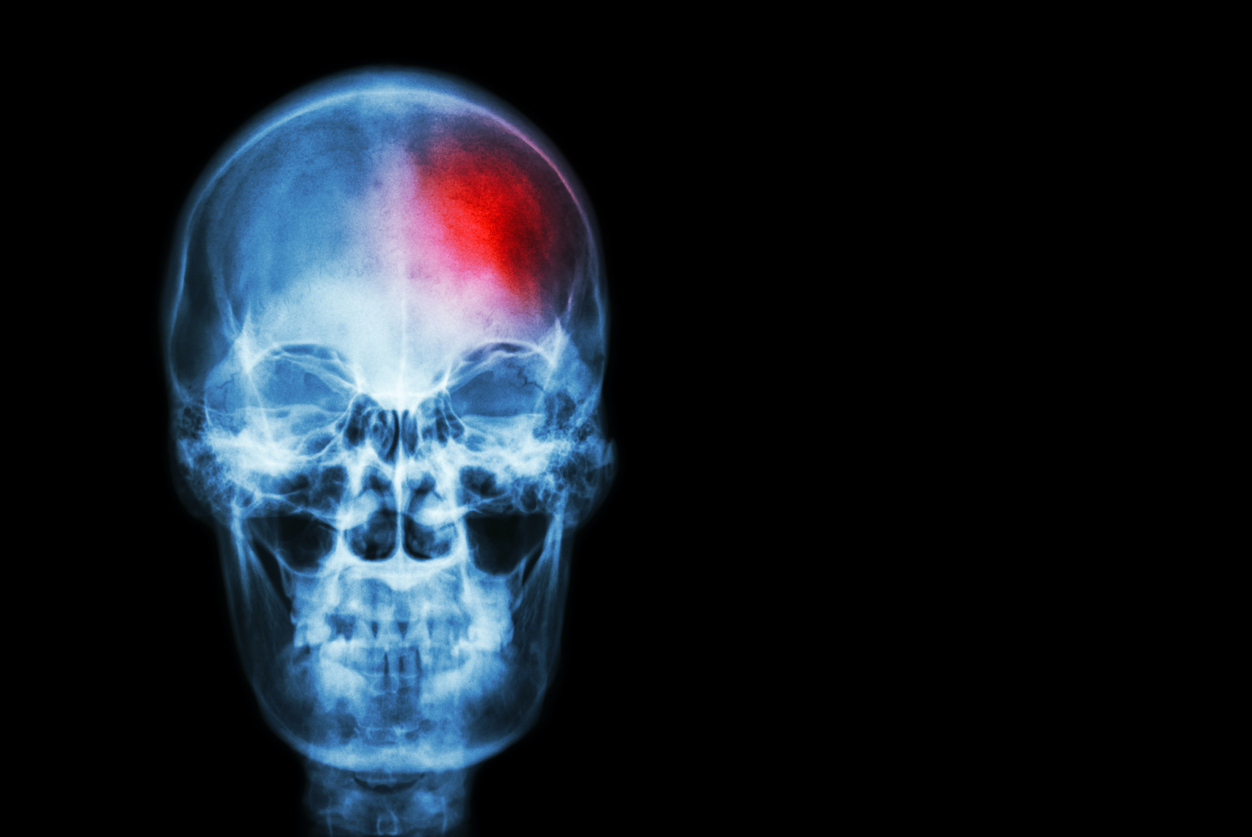
As many as 2.5 million cases of traumatic head injuries are reported in the U.S. every year. Of these cases, over 10% require hospitalization, and nearly 53,000 victims succumb to their injuries. About one in three individuals who die from injuries experience head trauma.
For many years, the prevailing notion was that pre-hospital care provided little benefit to victims of head injuries. But advances in emergency medical care and closer coordination among emergency trauma personnel show a clear link between EMS and better patient outcomes.
How primary and secondary head injuries differ
When a patient experiences head trauma, the resulting brain injuries may be classified as primary or secondary. Primary injuries typically displace the brain’s physical structure and occur at the time of the initial impact. Secondary brain injuries occur in the minutes and hours following the initial crash and are characterized by chemical, cellular, and perfusion damage to the brain. Most secondary injuries can be prevented with immediate medical care.
The role of EPIC in dealing with head injuries
Excellence in Pre-hospital Injury Care (EPIC) is a set of treatments aimed at improving patient outcomes after experiencing head injuries. An EMS-centered approach, EPIC was developed in 2011 by the University of Arizona and the Arizona Department of Health Services.
EPIC is part of the “Guidelines for Pre-hospital Management of Severe Traumatic Brain Injury” published by the Brain Trauma Foundation. The guide emphasizes the importance of providing medical care as soon as possible after primary head injuries occur, citing its benefits in minimizing secondary brain injury.
The EPIC project is headed by Dr. Daniel Spaite. It includes specific guidelines that could significantly affect how well traumatic head injury patients recover from the incident.
When is EPIC beneficial to a patient?
EPIC treatment is beneficial for patients that have experienced head trauma. In particular, it is crucial for individuals that exhibit the following symptoms:
- Unconsciousness
- GCS of 14 or less
- Post-traumatic seizures
- Multi-system trauma that requires intubation
EPIC consists of initial trauma care procedures aimed at addressing three common effects of brain injuries, the so-called “H-Bombs”:
- Hypoxia
- Hyperventilation
- Hypotension
Most EMS procedures are intended to address these conditions in trauma patients. But it is especially important to manage them in head injury cases to prevent permanent injury.
1. Hypoxia
Even a single incident of hypoxia can increase a head trauma patient’s chances of succumbing to their injuries. For this reason, EPIC guidelines recommend maintaining a 100% SpO2 level via the early administration of oxygen. It is especially crucial to maintain oxygen levels when deciding to establish advanced airways, which often causes SpO2 levels to drop.
2. Hyperventilation
Preventing hypoxia can induce hyperventilation, which is an equally risky tradeoff. Some procedures recommend hyperventilating traumatic brain injury patients under certain conditions. However, EPIC recommends exercising caution due to the risk of causing vasoconstriction and possible death. It is vital to monitor ventilation rates and maintain EtCO2 levels at 34 to 45 mmHg to prevent lasting damage.
3. Hypotension
Even a short period of hypotension can considerably increase the risk of death in head injury patients. EMS personnel should exercise care when administering pain medications and sedatives, many of which can cause blood pressure to drop rapidly. EPIC recommends maintaining the systolic blood pressure at 90 mmHg or greater by administering 1000 mL bolus initially, with subsequent 500 mL boluses administered as needed.
Adapting EPIC treatment for children and elderly patients
The recommended EPIC guidelines are generally intended to treat adults with head injuries. But they can also be applied to children and elderly adults with some modifications.
For hypoxia treatment, younger patients benefit from a similar procedure involving immediate administration of high-flow oxygen.
For hyperventilation, EtCO2 should be administered at 34 to 45 mmHg. Ventilation should be administered at the appropriate rates: approximately 24 BPM for infants and 20 BPM for children.
The ideal minimum systolic blood pressure for managing hypotension can be determined by the following formula: 70 + (2 x the patient’s age). EMS personnel should ensure that the patient’s systolic blood pressure does not fall below this figure.
Some modifications should be made to the EPIC procedures when dealing with older patients. Age should always be considered a risk factor, especially since elderly victims are often under-triaged.
Conclusion
Significant advances have been made in trauma care in recent years. Military experience and extensive research have resulted in vast improvements in how these incidents are addressed on site. Although it may be possible to prevent or reverse the damage caused by head injuries in the future, EMS personnel can improve patient outcomes significantly by following EPIC guidelines.
About Provident Insurance Programs
With roots dating back to 1902, Provident Insurance Programs is a program administrator that serves paid and volunteer firefighters in addition to emergency medical responders with numerous custom-tailored insurance programs. We’ve also extended our expertise and experience to offer benefit plans and coverages to participant groups as well as Transportation Benefits. We are committed to continuing to provide superior customer service, and would be happy to speak with you to provide further information. Give us a call today at (855) 201-8880 to speak with one of our representatives.


